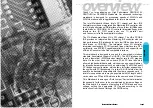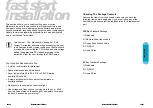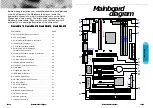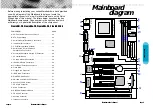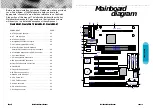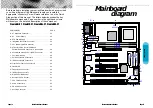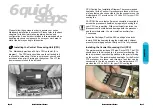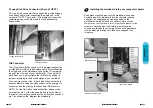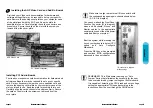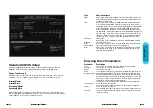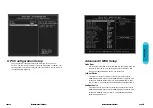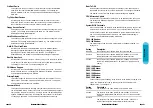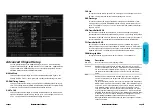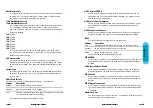
overview
Thank You for purchasing our High Performance PENTIUM III
®
PENTIUM II or CELERON
®
Mainboard. Our advanced technology
mainboard is designed for processing speeds of 233MHz and
333MHz or above and is upgradeable for future
processors.
The Intel Mainboard Utilizes Intel's PCI chipset and their IDE
Xcelerator provides an integrated Bus Mastering IDE controller with
two (2) high performance IDE interfaces for up to four (4)IDEdevices
(hard drives, or CD-ROM's). It's I/O controller integrates floppy drive
interface, two (2) FIFO serial ports, one (1) parallel port
and Consumer Infra Red compatible interface.
The VIA Mainboard utilizes VIA's PCI chipset. The VIA's PCI/ISA
IDE provides an integrated Bus Mastering IDE controller with two
high performance IDE interfaces for up to four IDE devices (such as
hard drives or CD-ROM). The integrated super I/O controller
integrates the standard PC I/O functions: floppy interface, two FIFO
serial ports, one EPP/ECP capable parallel port, and support for an
IrDA and Consumer Infra Red compatible interface.
This mainboard is designed to support the new graphic interface
standard, Accelerated Graphic Port (AGP), The AGP interface can
reach a theoretical ~532Mbytes/sec transfer rate for 3D graphics
data. On the other hand, the on-board 32-bit PCI local bus slots
allow a high bandwidth data path, which serves as a super highway,
for intensive data-movement such as networking. The BIOS support
PCI bridge user configuration, which allows for further expansion of
the system with PCI peripherals. Up to two 16-bit ISA slots allow this
board to be backward compatible with the older expansion card. A
total of six expansion slots may be populated with full length add-in
cards, since one PCI and ISA slot share the same chassis I/O panel.
This Mainboard is among our “Auto Jumper” Series that eliminates
the necessity for the user to be overwhelmed by jumper settings on
the Mainboard. It is capable of detecting the CPU brand and core
voltage, setting the appropriate CPU speed according to the
instructions from the user through the CMOS setup.
Mainboard User's Manual
Page
5



